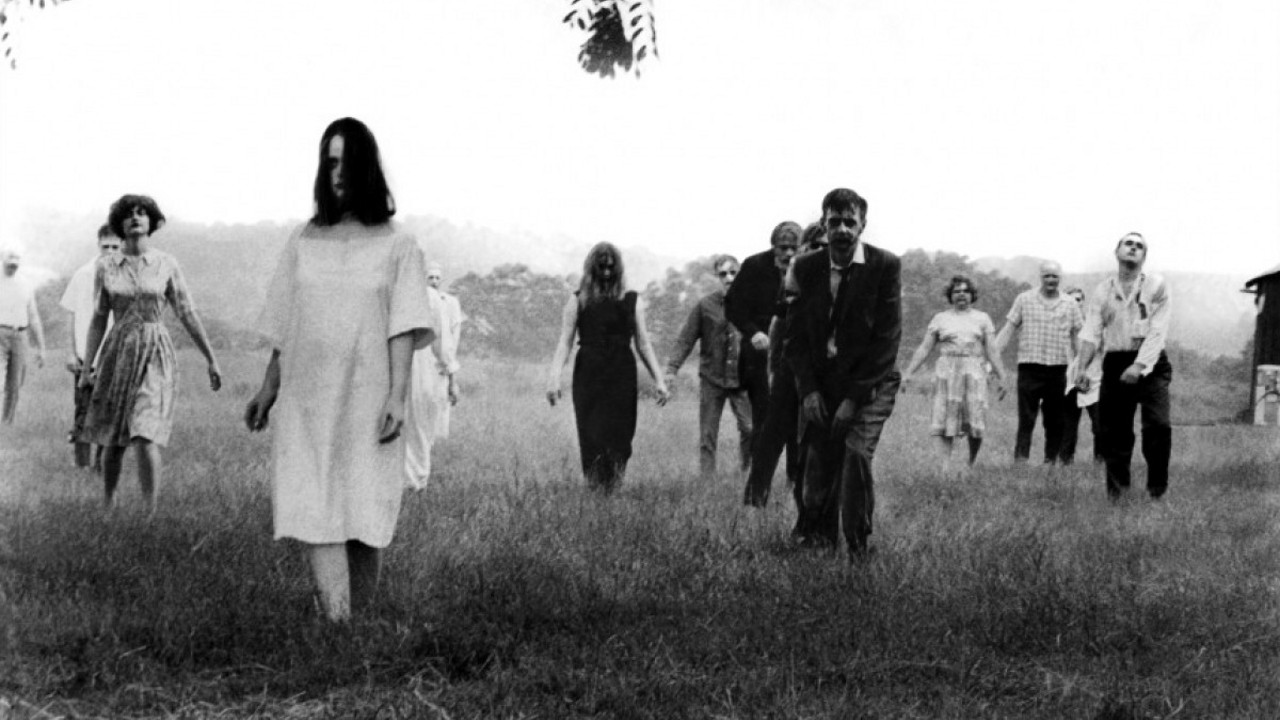Reading Lists
7 Novels Featuring Ghost Children
Spirits are often the past made present—something that persists unnaturally when it shouldn’t

I’ve never seen a ghost. I’ve slept in haunted houses, in haunted hotels. I’ve heard more than one family story about ghostly encounters. But I’ve never myself felt a ghostly chill; I’ve never been unable to explain an odd noise, a wispy miasma. Still, my whole life I’ve been fascinated with them—the idea of ghosts, how they’ve long captivated as fragile gateways to the beyond. Ghosts are often the past made present—something that persists unnaturally when it shouldn’t. It is the spirit of the deceased who cannot find rest, it is repressed trauma resurfacing.
It is no surprise that someone can be “haunted” by loss or grief, or that the idea of a ghost child would be particularly powerful. Child ghosts imply the most drastic loss of innocence—a life cut tragically short. They are a parent’s nightmare, their absence felt acutely as the supreme form of mourning, an inversion of the natural order: children should outlive their parents. The greatest child ghost in literature is probably the titular character in Beloved by Toni Morrison. Beloved is a ghost at its most powerful—a literal manifestation of horrific suffering and unspeakable grief. Whatever the ghost child represents, metaphorically or literally, it unsettles us, announces that the world is unjust and irreconcilably cruel.
The inspiration for my own novel, All Our Yesterdays, is a ghostly reference in Shakespeare’s Macbeth, wherein Lady Macbeth cryptically refers to knowing “what it is to love” a baby she once nursed. In the play, that child is gone, as the Macbeths have no children. But for Lady Macbeth the idea of her lost baby contains a ghost of history. The historical Lady had a son from a prior marriage, and brought him into her marriage with Macbeth. In my novel, I felt it was important to capture that spectral element, to bring the boy to life. But of course, it wouldn’t do justice to Macbeth if there weren’t those supernatural elements—witches and, of course, ghosts. A child ghost appears at a significant moment in my novel. I wanted it to serve as many ghosts do, ambiguously, as a hallucination or a messenger from the afterlife. Like Shakespeare’s ghosts, like the ghosts of Banquo and King Hamlet, like the ghosts in the novels featuring ghost children listed here, I wanted to tap into the confusion they engender, and the tragedy of childhood lost.
What follows are seven novels involving literal and metaphorical ghost children.
Sing, Unburied, Sing by Jesmyn Ward
The child ghost in Ward’s haunting generational novel is Richie, sent to Parchman prison farm for stealing for his family when he was twelve. While 13-year-old Jojo and his mother, Leonie, drive the narrative, it is Richie who haunts the family through its patriarch, Pop. As a youth, Pop was responsible for killing Richie—a mercy to spare the boy a brutal beating and death. Richie has haunted Parchman for decades, an embodiment of injustice and racist cruelty. When he hitches a ride with Jojo and Leonie to find Pop again, Jojo can see him, speak to him. He becomes a haunting figure of generational trauma, the past made present. In his transition to the afterlife, “home,” he joins a multitude of tormented souls, singers of the history of brutality.
The Book of Love by Kelly Link
Three high school students discover that they are deceased and have somehow managed to escape the afterlife. They reenter a world as hungry humans. As everyone else believes they’ve merely been to Ireland on musical scholarships, they try to discover how they died and realize they are part of a demonic game—one where the winners will remain alive and the losers will return to death. A fantasy where the children are wiser than they’re given credit for, Link’s novel explores what it means to be young while knowing life hangs by a thread—or even more challengingly, by a decision.
The Snow Child by Eowyn Ivey
Supernatural children have long been a feature of folklore and fairytales. Often a foundling, the child fills a gap in an otherwise loving couple’s marriage—the ghost space that is yet to be filled. Ivey sets her novel in the wilds of Alaska in the 1920s, with all the challenges of the homesteading life that such a place entails. In the fashion of the Russian fairytale the novel is based on, a childless couple, Jack and Mabel, build a child out of snow. The snow child disappears and in its place a girl named Faina comes each winter to visit. Atmospheric and hopeful, the novel plays with the tension of not knowing whether Faina is real or a delusion that binds Jack and Mabel to one another and to the landscape in which they are trying to survive.
Ghost Wall by Sarah Moss
The sacrifice of an Iron Age girl at the novel’s beginning sets up an archaeological experiment in the 1990s at the heart of this novella. Seventeen-year-old Silvia is accompanied by her parents as part of a group in Northumberland trying to reenact an ancient human civilization. The ghosts here are not human, but rather the specters of an imagined nostalgia, a primitive, patriarchal, and misguidedly purer way of living that comes to possess Silvia’s father, Bill. A recurring trope are the sacrificial bog people—often children—who for the ancients were not really dead but wandered among the living and resurface here as reminders of the violent past that some hope to make present.
Hell of a Book by Jason Mott
An unnamed author—also the novel’s narrator—embarks on an increasingly absurd book tour, one that becomes a hellish fantasy removing him from the horrific realities of violence done to Black bodies. Haunted by The Kid, a Black boy with the power to turn himself invisible who also seems to be the victim of a police shooting, the narrator seeks to come to terms with his own voice and imagination. The Kid may be an apparition. He may be real. He may be the author himself—a kind of conscience sitting on his shoulder as his book tour leads him to wild sexual and alcoholic escapes. Ultimately, he must be acknowledged, come to terms with.
In the Night Wood by Dale Bailey
Reminiscent of The Turn of the Screw with a touch of The Yellow Wallpaper, this novel is a fairytale meditation on the loss of a child, a mother’s struggle to cope, and a father’s consuming regret. Following the death of their six-year-old daughter, Lissa, Charles and Erin leave the U.S. for Yorkshire, England to live at Hollow House. Once home to a Victorian-era writer whose only work, In the Night Wood, is as mysterious as its author, the house borders a strange forest from which someone—or something—might be watching. It is there that Erin, medicating with alcohol and pills, sees a child she thinks is Lissa. The fairytale elements—stolen children, doppelgängers—mingle with reality and test it. Charles encounters a horned king who demands he bring a child for sacrifice; Disney’s Frozen is a haunting echo of childhood cut short. But ultimately this story is about remembering and healing, captured in the image of Erin’s birth scar, a “cicatrix of joy and loss.”
Monstrilio by Gerardo Sámano Córdova
Grieving the death of her eleven-year-old son, Santiago, a mother, Magos—her name recalls the word ‘magus’, meaning ‘sorcerer’—removes the boy’s single, ill-formed lung and nurtures it as it grows into a new child. Maintaining the ghost-child metaphor as a meditation on grieving and loss, the novel also explores the desperation of parental obsession. Magos’ focus on the lung as her son’s defining feature underscores how a parent’s preoccupation with a single aspect of a child can lead to something dreadful or even—as the title implies—something monstrous.









